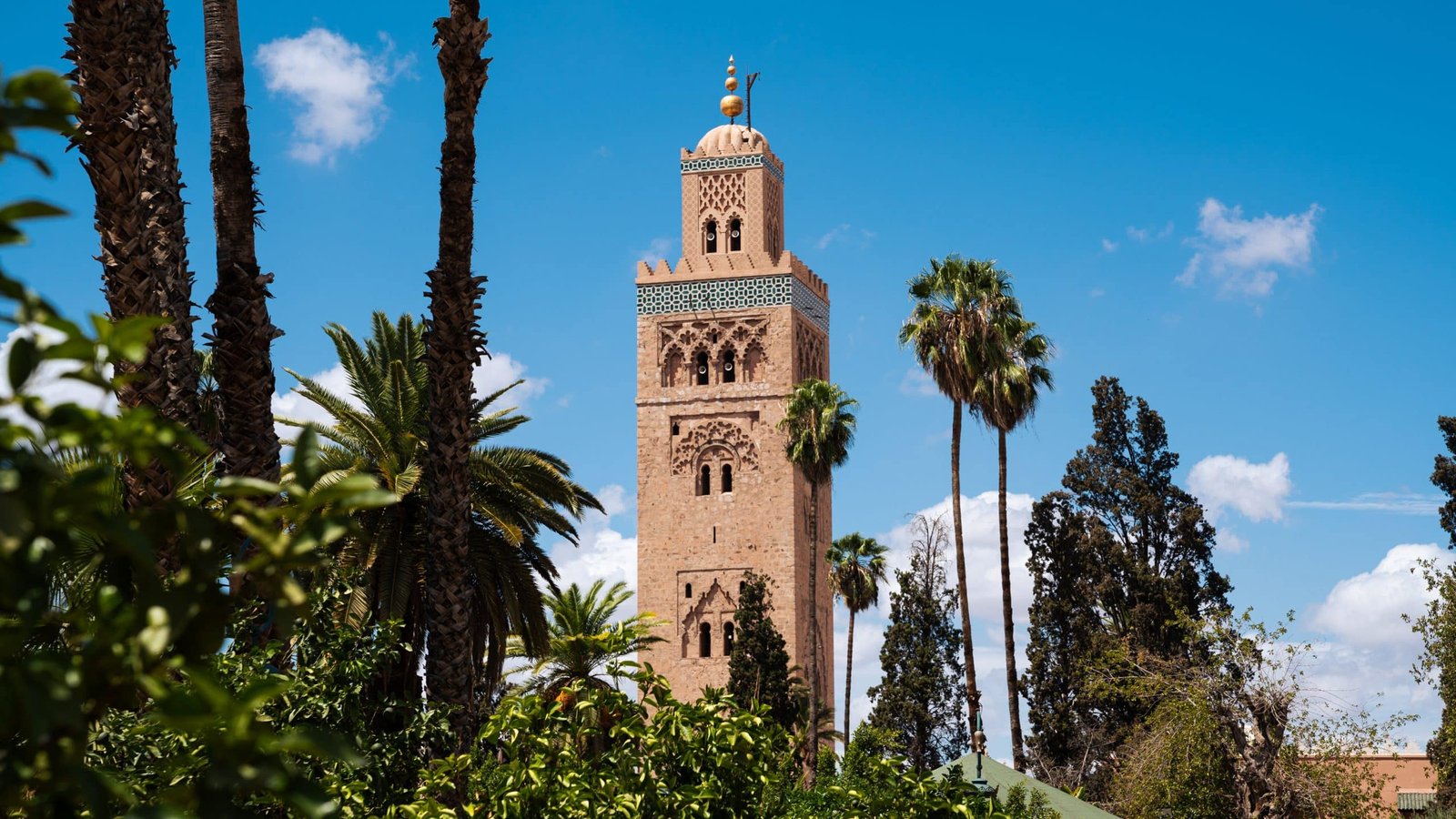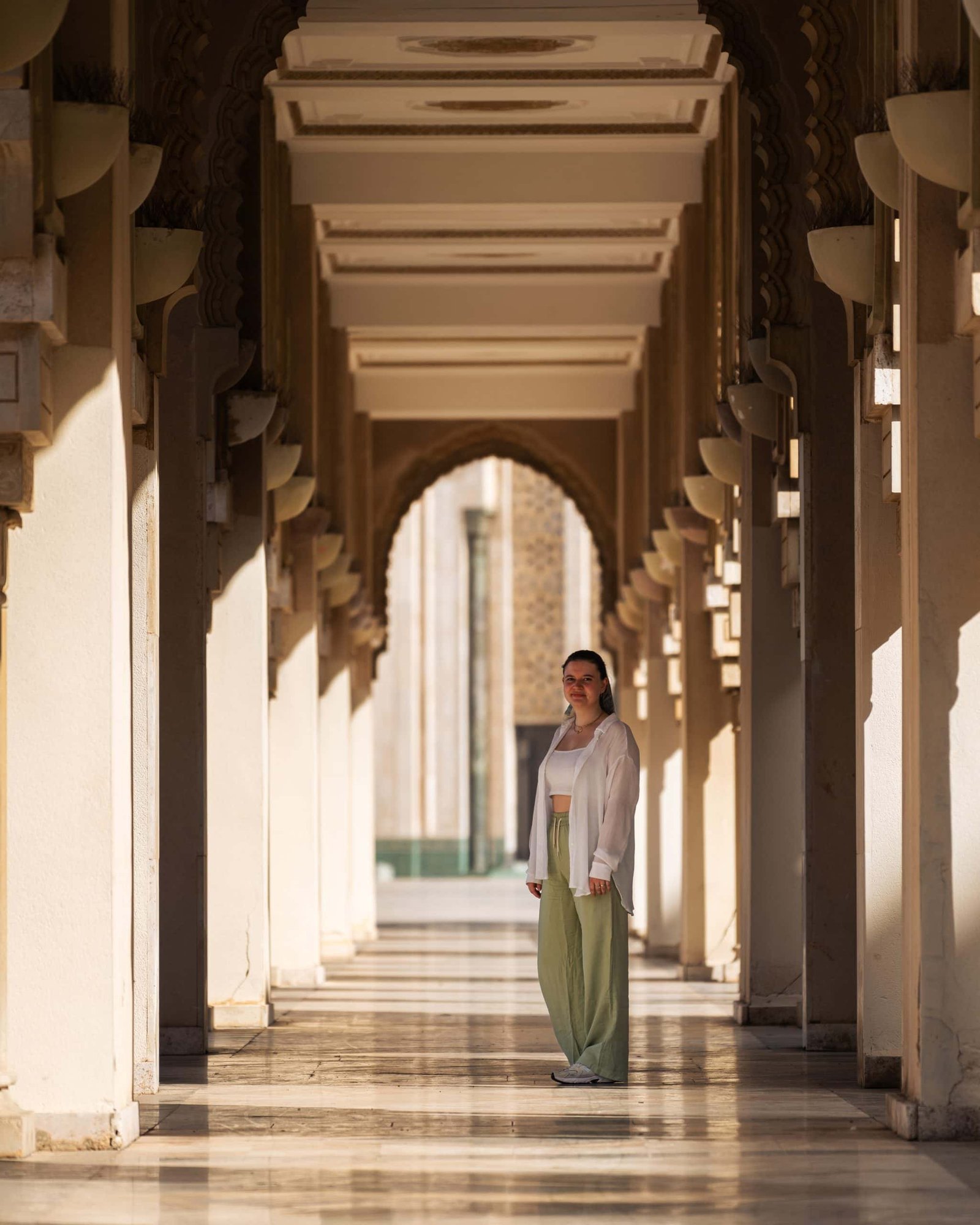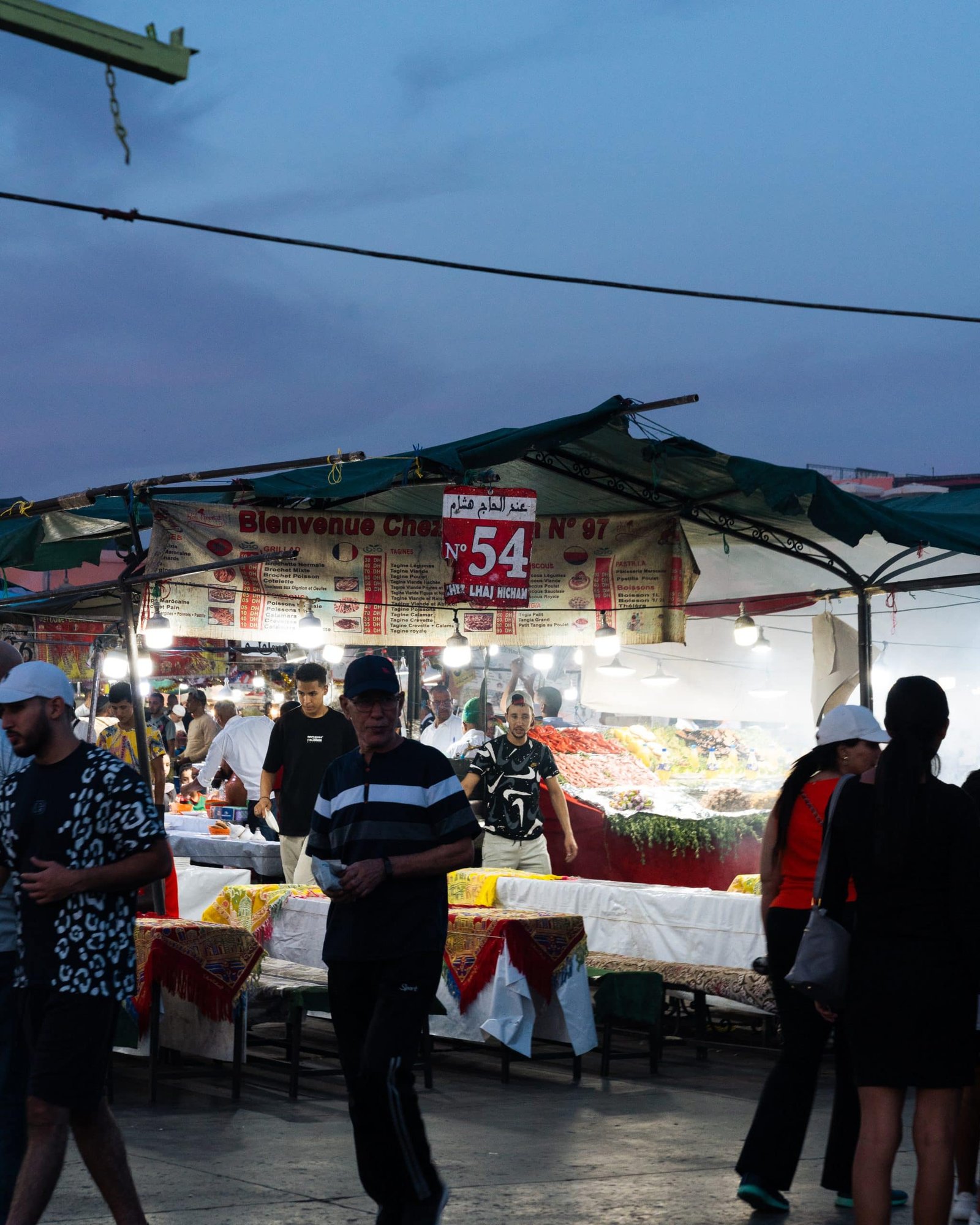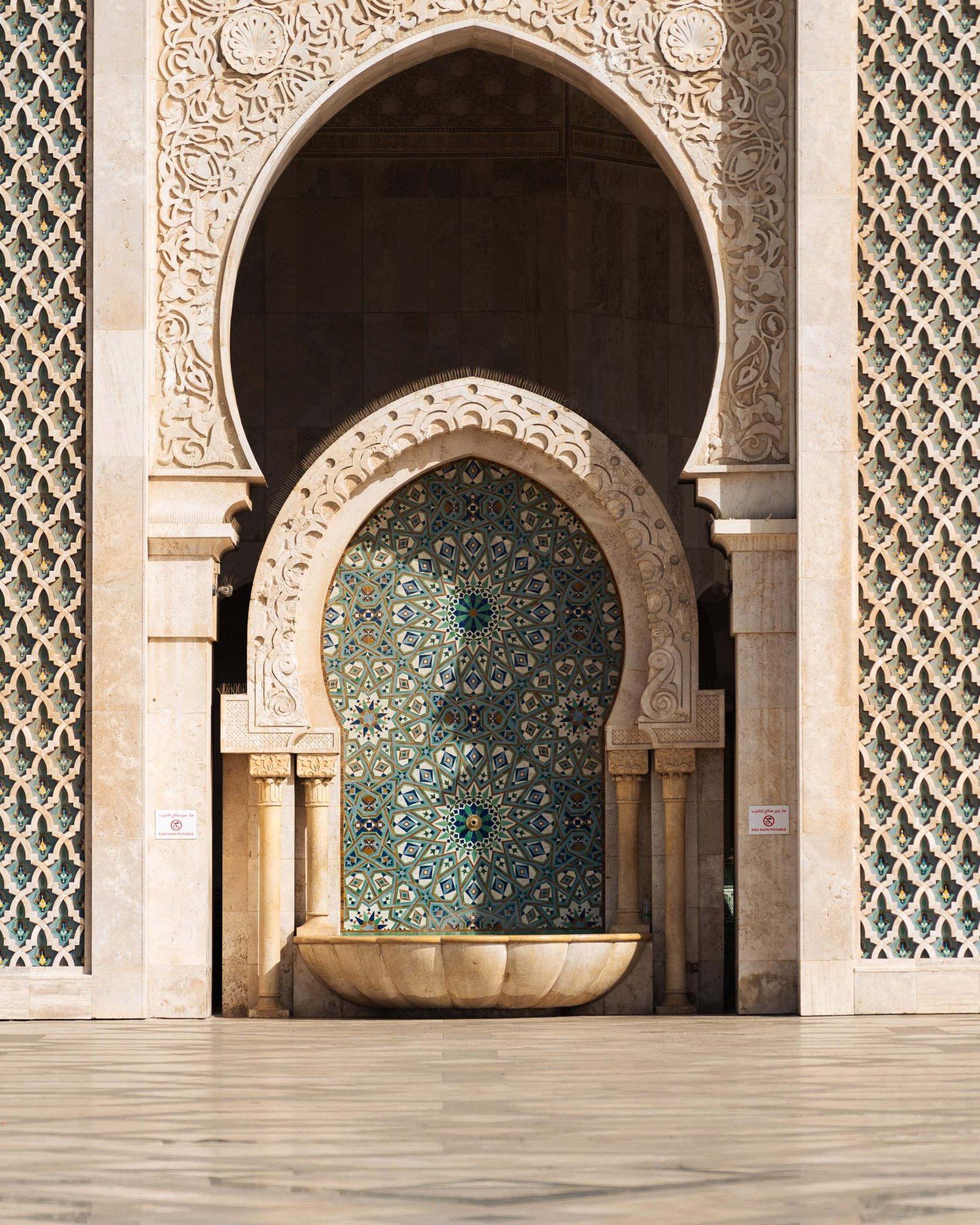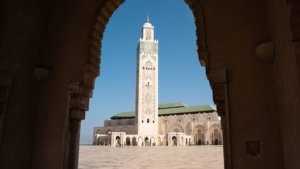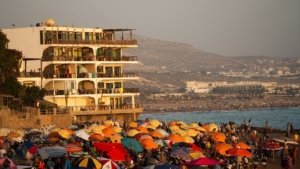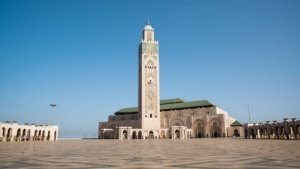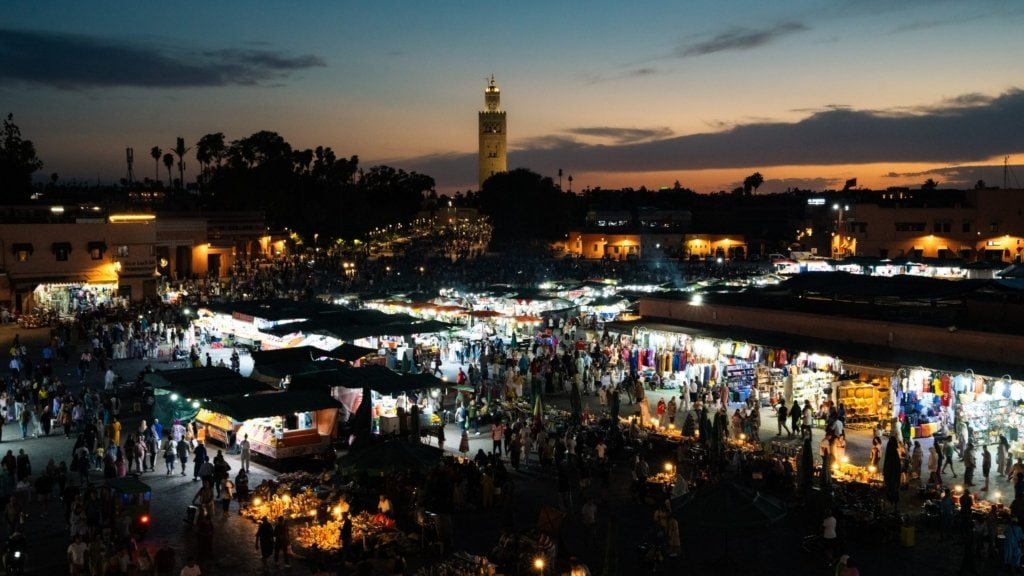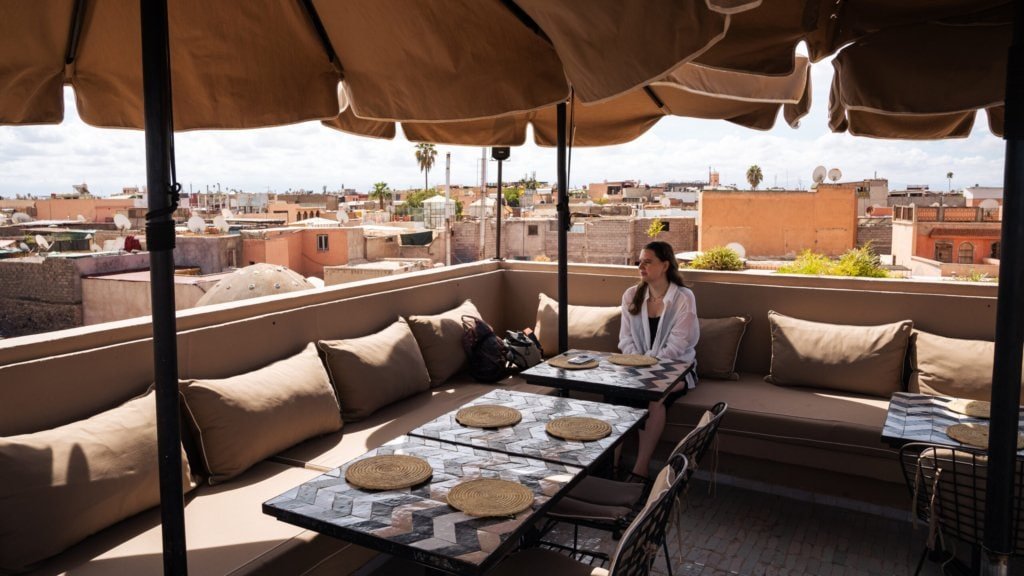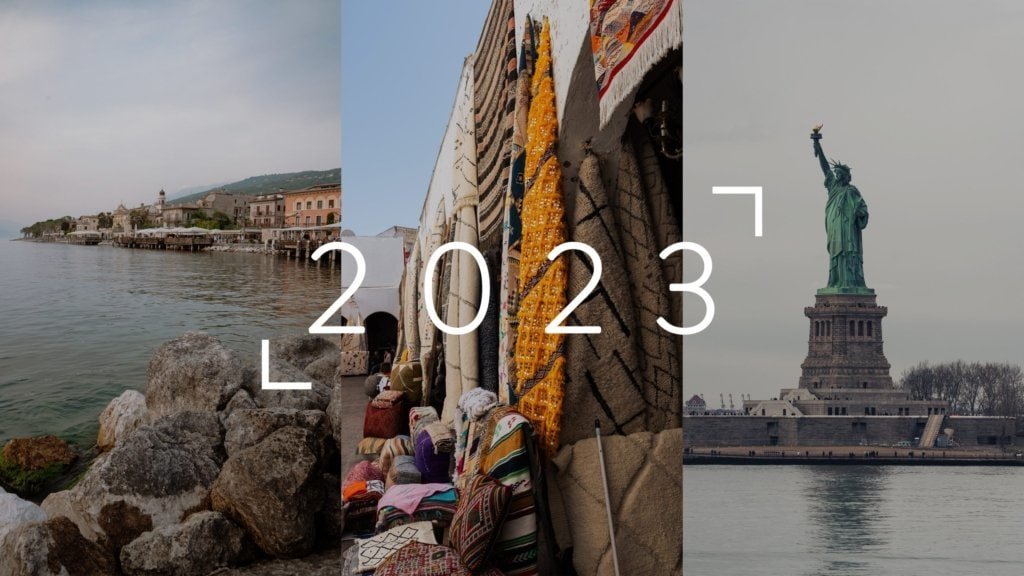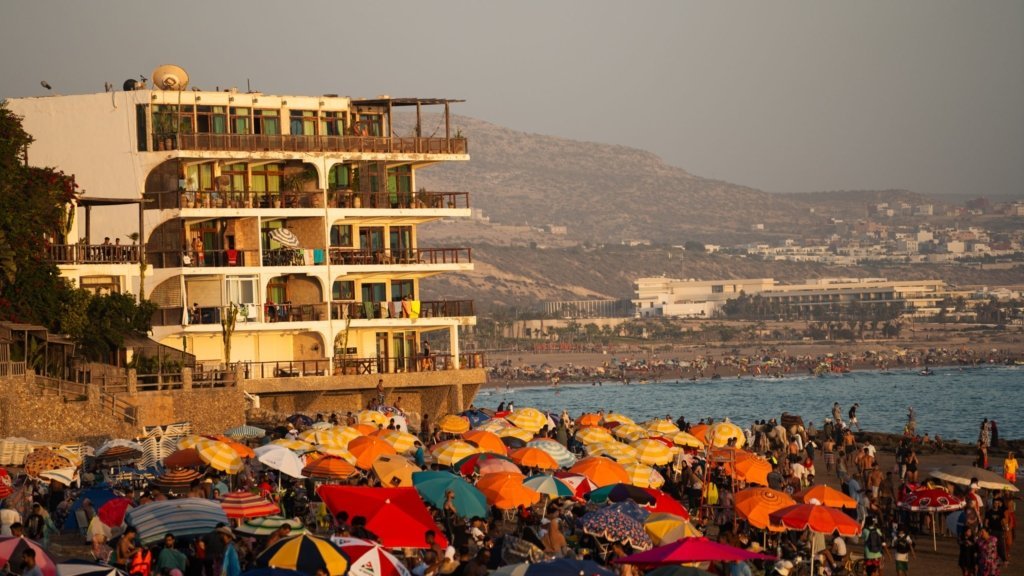Morocco, a fascinating country in North Africa, combines stunning landscapes, vibrant cities and rich cultural history. From the winding alleys of Marrakech’s medina to the endless sand dunes of the Sahara, Morocco has something to offer every traveller.
Languages - more than just Arabic:
The official languages are Arabic and Tamazight. Tamazight is spoken by the Berber people. French is widely spoken as the language of business and education. English is also understood in tourist areas, but a basic knowledge of Arabic or French can be helpful.
Currency - money, money, money:
The official currency in Morocco is the Moroccan Dirham (MAD). When planning your trip, it is advisable to keep an eye on the current exchange rate. Cash is widely available and preferred in most shops, while credit cards are accepted in major cities and tourist centres. ATMs are easily accessible in urban areas but may be limited in rural areas.

Weather - hot, cold, hot, cold:
Climatic conditions vary widely.
Coastal regions:
The coastal regions with cities such as Casablanca and Essaouira have a Mediterranean climate with mild, humid winters and hot, dry summers. Temperatures are often between 10 and 20 degrees Celsius in winter and can reach 25 degrees Celsius or more in summer.
Central region and royal towns:
Inland cities such as Marrakech and Fès experience hot summers with temperatures often exceeding 30 degrees Celsius. Winters are pleasantly mild, ideal for sightseeing and exploring the historic streets of the medinas. At higher altitudes, especially in the Atlas Mountains, snow can fall in winter.
The Sahara:
One of Morocco’s most fascinating regions, the Sahara offers extreme climatic conditions. In summer, temperatures can rise to over 40 degrees Celsius during the day and drop dramatically at night. In winter, the days are pleasant but the nights can be cold.
Dress code - between tradition and tolerance:
Dress codes in Morocco vary according to region and tradition. Western clothing is acceptable in cities such as Marrakech, while more conservative dress is appropriate in rural areas. Women should choose clothes that cover the shoulders and it is recommended to wear skirts or trousers that cover the knees. Men usually wear long trousers. By respecting these norms, travellers can not only avoid cultural misunderstandings, but also immerse themselves in the local culture and enjoy Moroccan hospitality to the maximum.
Religion - Islam and Ramadan:
Morocco is a country deeply rooted in the traditions of Islam. Islam is not just a religion, but an integral part of Moroccan life, shaping the country’s culture, architecture and social norms. During the fasting month of Ramadan, the dynamics of the country change as believers fast during the day and celebrate iftar (the breaking of the fast) with family and community.
Non-Muslims are usually not allowed to enter the main prayer rooms of mosques. However, some mosques are open to tourists who would like to see the impressive architecture and learn more about Islamic culture.
The most interesting places:
- Marrakech: Explore the colourful souks, Jardin Majorelle and Djemaa el Fna square.
- Casablanca: Casablanca is a vibrant economic metropolis with the imposing Hassan II Mosque, the Corniche and the Habous district.
- Rabat: Morocco’s capital is a fascinating blend of historic splendour and modern flair.
- Fès: Visit the well-preserved medina of Fès, a UNESCO World Heritage Site.
- Die Sahara: See the majestic sand dunes of Erg Chebbi and sleep in a Bedouin tent.
- Imsouane or Taghazout: Idyllic fishing villages on the Atlantic coast, a surfer’s paradise.
- Chefchaouen: Wander the blue alleys of this charming mountain town.
Surfing - surfing the Atlantic:
The Atlantic coast offers ideal conditions for surfers of all levels all year round. In the winter months, the waves reach impressive heights, especially for experienced surfers. Well-known coastal resorts such as Taghazout and Imsouane become a magnet for surfers from all over the world. Spring and autumn offer ideal conditions for those wishing to try their hand at surfing. The beaches are less crowded and the waves a little gentler, ideal for beginners. Even in summer, when the waves are smaller, Morocco remains a popular destination for surfers who appreciate the more consistent waves on northern beaches such as Rabat and Casablanca.
Drone Law - only with permission:
Permission is required to use drones. There is a special check for drones at the airport – both when entering and leaving the country. It is important to follow the rules to avoid possible penalties. Impressive aerial photographs of Morocco are possible if the rules are followed.
Other things to know:
- Health and hygiene: Only drink bottled or boiled water to avoid stomach problems. Pay attention to hygiene, especially when eating snacks on the street, to enjoy unforgettable culinary experiences without health risks.
- Negotiating skills: Morocco’s souks are lively markets where bargaining is an art. Respect and patience are essential when bargaining with vendors for unique handicrafts and souvenirs.
- Public transport: In the cities, taxis, both the small “petits taxis” and the larger “grand taxis”, are a convenient means of transport. To avoid misunderstandings, agree the fare in advance or use the taximeter.
- Handicrafts: Immerse yourself in the Moroccan art scene! Traditional carpets and poufs, ceramics and paintings reflect the country’s artistic sophistication.

Morocco is rich in cultural and artistic treasures. By embracing the cultural nuances and following a few basic rules of etiquette, you will have an unforgettable journey through this fascinating country.

